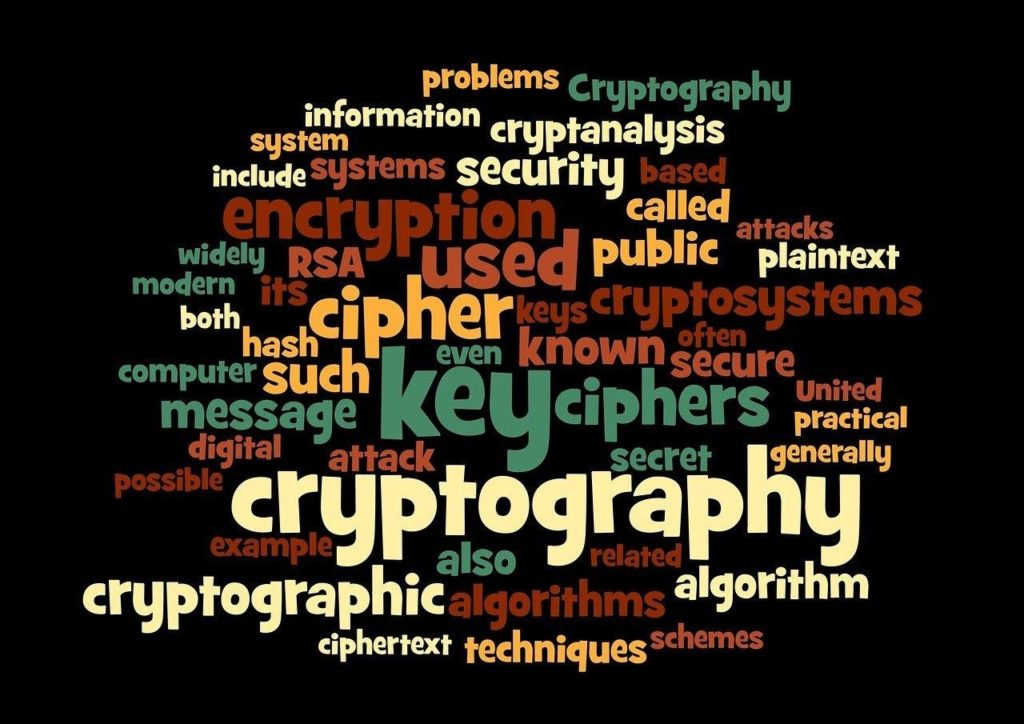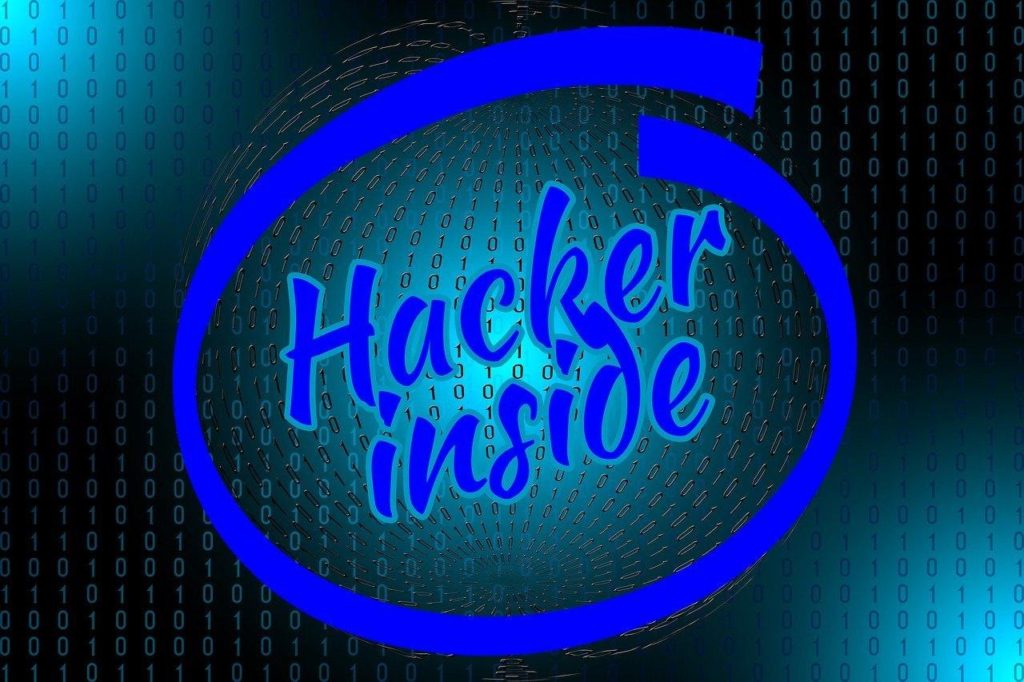What Is Cryptography?

If you are either a small business owner or are starting a business in the world today, something you may have wondered about is how does email encryption work? To understand the concept better, let’s take the word encryption first.
The word encryption has its roots in the ancient Greek word cryptography, meaning hidden or secret writing. It is the study and practice of techniques employed to create a secure way of communicating in the presence of adversaries, preventing enemy interception and use of successful spying and decoding techniques. In World War II, messages were widely sent using a form of cryptography we call encryption.
Today, we have the option of using modern encryption techniques when saving and storing personal information, or when sending sensitive information on the world wide web, such as within our email correspondence. Some email messages are automatically encrypted even when utilizing free email providers, but only add so much protection. For businesses, however, there is another measure that can be used to provide much more valuable security protection.
Email Encryption Services
TLS – Transport Layer Security
With today’s modern technology, in terms of email servers, we have basically two different types of email encryption services to consider. The first is called TLS, or Transport Layer Security, and is the same method that email providers like Google uses for regular gmail and Microsoft uses for Outlook. This method encrypts emails automatically while in transit, from sender to receiver. This used to be the main way cyber criminals could intercept this kind of information easily, and is still effective against this type of threat.

End-to-End Security
The second type of email encryption is called end-to-end security, and is the type of service most businesses choose today. With over 350,000 new malicious software programs and unwanted applications registered every single day, hackers have become quite sophisticated in their techniques. Phishing scams are common, and are designed to result in successful ransomware attacks. In this way, a hacker can compromise its victim’s email account directly, and thus circumvent TLS encryption efforts.
Phishing Attempts
Email Attachments
With every advancement in security, hackers seem to relish the challenge of beating them and staying one step ahead. Phishing attempts or scams are a part of a more complex hacking technique called ransomware. The first step involves getting the victim to open an email attachment or a link provided in an official-looking email.
In these more sophisticated attacks, everything looks authentic, even the website URL in which the phishing email is generated will appear legitimate upon first inspection. An experienced hacker goes to great lengths to craft a genuine-looking copy of an official agency, including logo, template, wording, and even website URL (typically just one letter or character different from the real one).

Ransomware Attacks
Phishing scams are only the first part in an elaborate labyrinth of webbed deception, for this kind of cyber criminal. In a ransomware attack, the attacker establishes control of your system through the contaminated email attachment, giving them access to all of your sensitive information (such as bank account numbers) and business files and data.
This enables them to use another form of encryption against you, locking you effectively out of your own files and system, and then demanding a ransom for the decryption key. In ransomware attacks, though business owners are encouraged not to pay these ransoms, they are left with few options, and therefore little choice. Let’s find out why.
How Does Email Encryption Work?
The Keys To Encryption: End-to-End
In modern day end-to-end email encryption, an algorithm generates pseudo-random encryption keys in something called a public key infrastructure, or PKI. It ensures that email messages are secure at every stage of delivery, and cannot be read by anyone, including email servers. It means that the sender is sending the information in an encrypted format, using the recipient’s public key. It can then only be decrypted by the intended recipient, using their private key to decrypt the message for them (usually automatically).
This method of utilizing public and private keys within this public key infrastructure as the encryption process for protecting sensitive information and data is greatly beneficial in business today. In this way, businesses can ensure customers that all information provided in secure email communications won’t be intercepted by any third party, who quite possibly could use this information for personal gain.
Different Methods of Employment
There are also varying ways that businesses can employ an end-to-end email security measure. Do-it-yourself methods are extremely complicated and difficult to use, which is why other options are widely available as an alternative to hiring people exclusively for an IT department. Hosted email providers will usually offer a managed service option, or companies will often use a specialized IT solutions firm that will discuss the options available to you, and offer a monthly managed service as well, sometimes even as part of a package of other valuable services.

Blue Oak Technology Solutions is an example of one IT solutions firm who not only offers this email encryption service and many other valuable services for small business owners, but also allows you to choose and completely customize a monthly managed service plan. This gives you just what you need, and nothing you don’t, all at a very reasonable price.
Cybersecurity In General
In addition, keep in mind the fact that email encryption software is available as well, and is considered an offshoot of something we call cybersecurity. If you’re in business today, having excellent cybersecurity is essential to the overall success of your company. Having the right security software is only the first step in achieving this, due to the necessary ongoing management of antivirus and anti-malware protection, these days. Cyber threats and cyber-attacks are very real, and represent some frightening statistics:
- Over 61% of businesses that experienced a security breach [in 2017] had under 1,000 employees.
- In 2019, damage costs in ransomware attacks alone were in excess of $11.5 billion dollars.
- A business [in 2019] fell prey to a ransomware attack every 14 seconds
When you need IT solutions fast, remember Blue Oak Technology Solutions is one of the best options available. If you are also interested in ransomware and looking to learn more check out our post on how to prevent ransomware.
